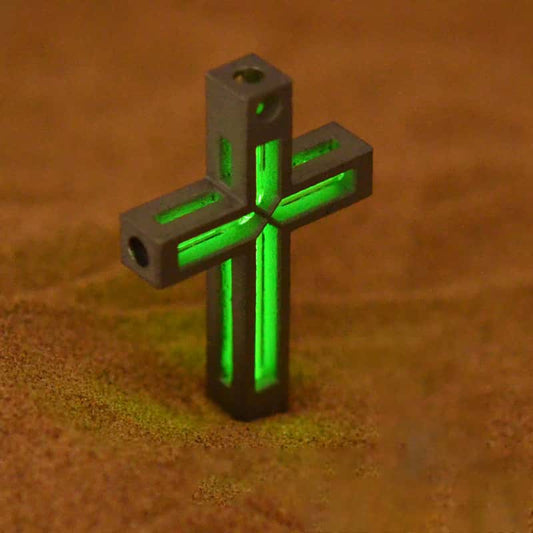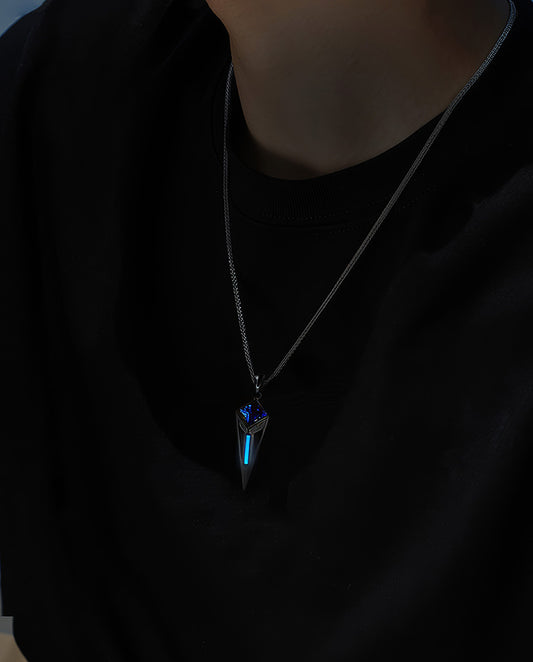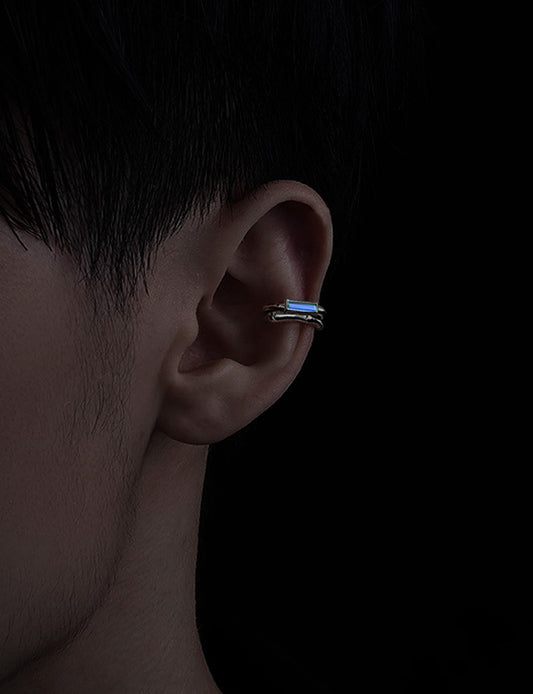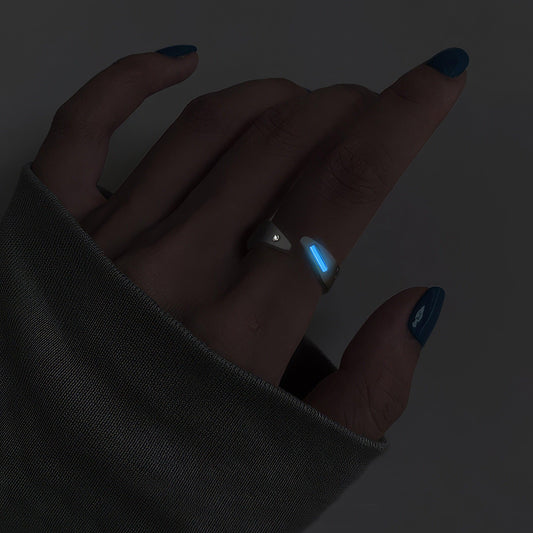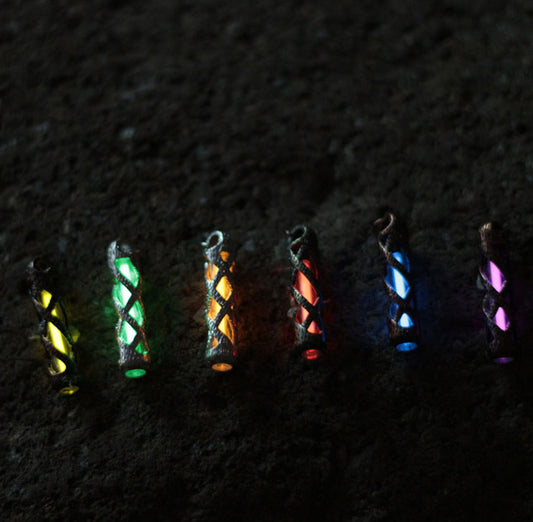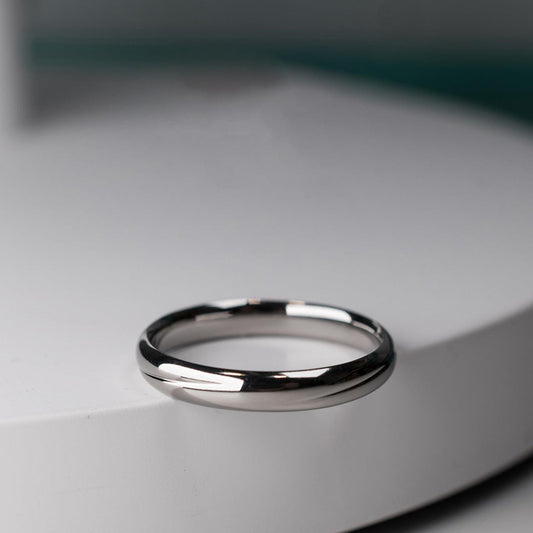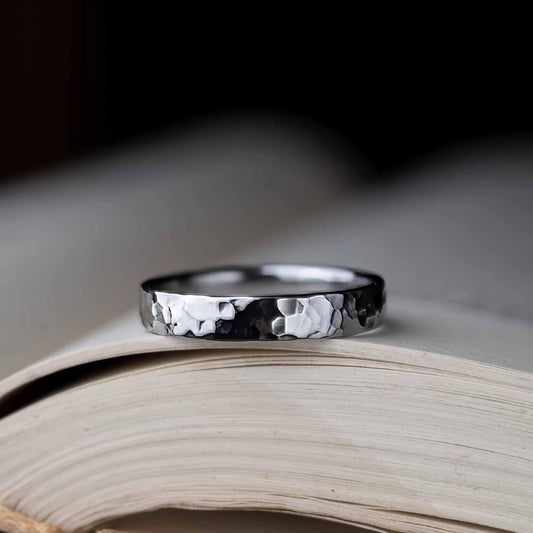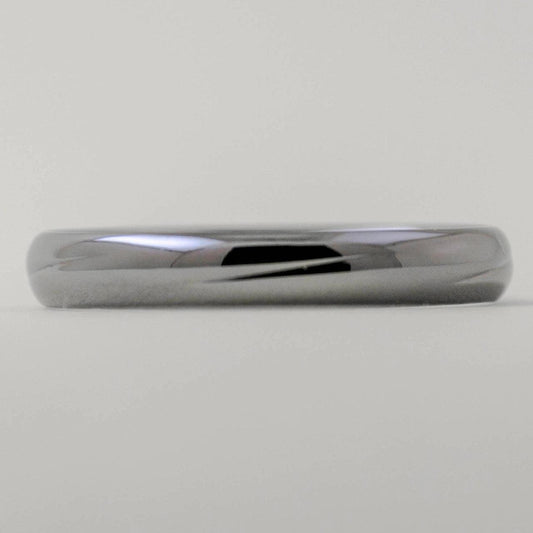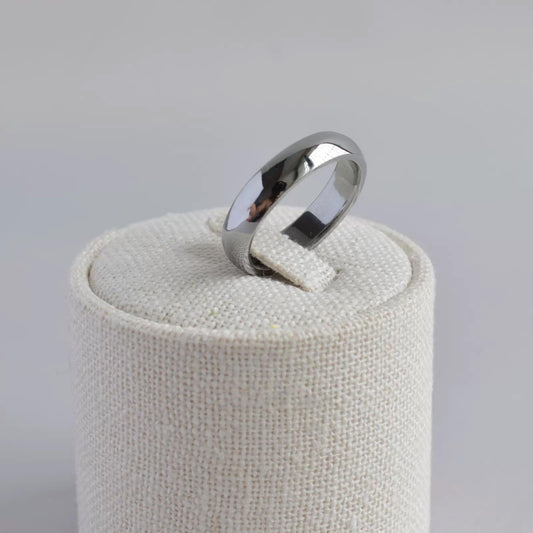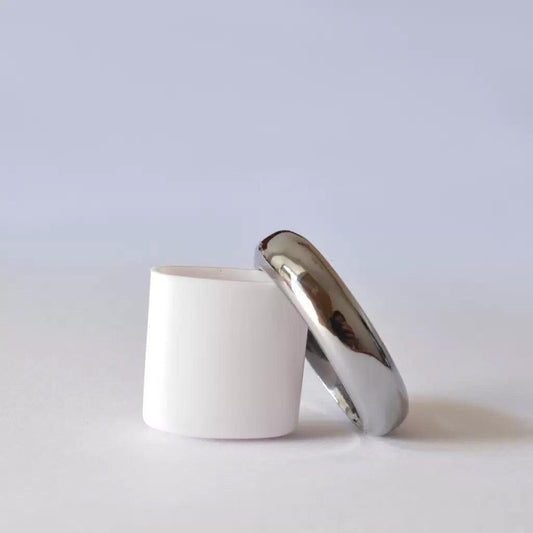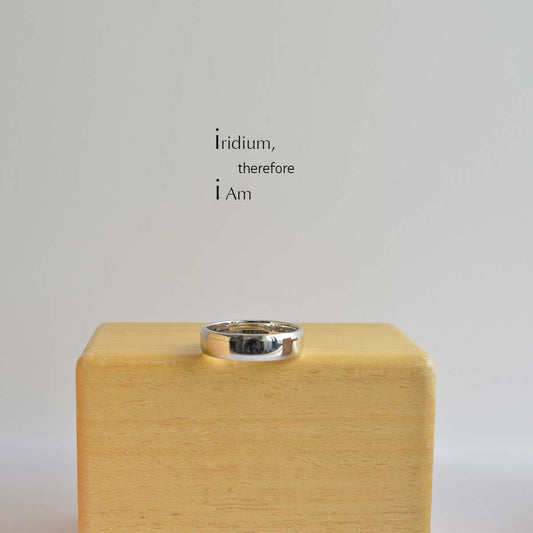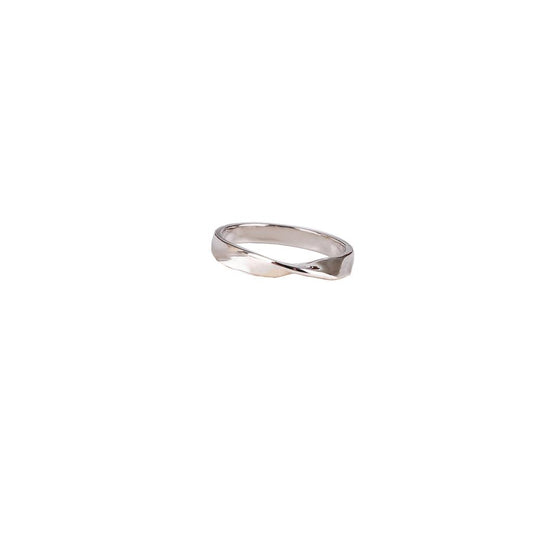Are Lab-Created Diamonds Real Diamonds
Are Lab-Created Diamonds Real Diamonds
One afternoon, as I was wandering through the bustling aisles of a local jewelry store, a sparkling pair of earrings caught my eye. They had this mesmerizing gleam that made them stand out from the myriad of options on display. As I inquired further, the jeweler casually mentioned they were crafted from lab-created diamonds. Instantly, I was intrigued. Could these lab-made stones truly stand toe-to-toe with the natural diamonds mined from the depths of the earth?
The short answer is yes; lab-created diamonds are real diamonds. It's a revelation that often raises eyebrows, yet it's grounded in science. These stones are chemically, physically, and optically identical to their mined counterparts. The primary distinction lies in their origin. While natural diamonds are formed through geological processes over millions of years, lab-created diamonds are cultivated in a matter of weeks using advanced technological methods like High Pressure-High Temperature (HPHT) or Chemical Vapor Deposition (CVD).
Reflecting on their cultural relevance, lab-created diamonds are carving out a significant niche in today’s market, largely driven by consumer awareness around sustainability and ethical sourcing. Traditional diamond mining has long been associated with environmental degradation and controversial labor practices. As a result, many environmentally-conscious consumers and couples seeking an ethically-sourced gemstone prefer lab-created diamonds as they offer transparency and peace of mind, minus the murky origins.
During a recent dinner with friends, the topic of lab-created versus natural diamonds came up. One of my friends had received a stunning engagement ring, and naturally, the conversation turned to the diamond's origin. She described how she and her fiancé had debated the merits of natural versus lab-created stones before concluding that the latter aligned better with their values. They appreciated knowing precisely where the stone came from, and were happy to support a sustainable option, even if it meant redefining what "luxury" meant to them.
From a stylistic perspective, lab-created diamonds offer a broader range of possibilities, as they can be manufactured to meet specific requirements and desires. Want a unique shade or a particular carat that’s hard to find naturally? Lab diamonds can deliver on those fronts, expanding creative horizons for both designers and wearers.
So, what does the future hold for lab-created diamonds? As they continue to gain traction, I foresee some shifts in societal perceptions. A generation increasingly attuned to ethical and environmental considerations may soon view these gems as not just an alternative, but as the preferred choice. Perhaps this is where the true sparkle of lab-created diamonds lies: in their ability to redefine value beyond the traditional narrative.
By the end of the conversation during that dinner, the consensus seemed unanimous. It didn't matter whether the diamond was born from the earth or a lab; what truly counted was its significance to the person wearing it. After all, a diamond’s true value is forged in the stories it tells and the memories it captures, much like that pair of earrings that initially piqued my curiosity. As the evening wore on, I couldn’t help but smile, contemplating how, in a world where everything is constantly evolving, even our cherished treasures are subject to change.
